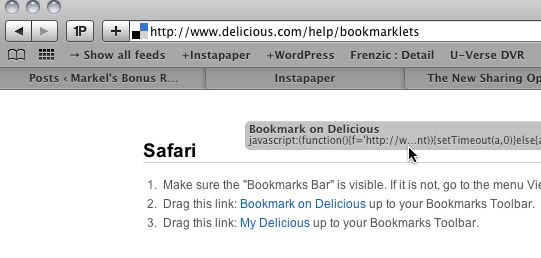(title borrowed contextually from this tweet)
I’m really sad about this. wundergeek is closing up her blog Go Make Me a Sandwich, from which I have learned quite a lot over the years about how the gaming (both video and traditional) industry treats women both in depictions and in (lack of) inclusiveness.
She writes:
Before Origins, I ended up crying in a bathroom as I chatted with friends online about the vitriolic response to a thing that I’d written. It made me doubt myself so much that I actually wondered if it would be worthwhile going to Origins. Would I even be welcome there? (Spoiler alert: I was.) Fast forward two months to a different crisis before a different convention, which saw me crying for more than a week in the runup to that convention. Truth is, I’ve done a lot of crying about my blog in the past year. But I didn’t let myself think about that, because I had to keep moving forward. I had to keep putting one foot in front of the other. I had to keep my head above water and just. Keep. Fighting.
Or at least that’s how I was approaching things until several weeks ago, when the final straw happened. As is the way with such things, it was so small. Such a quiet thing those most community insiders, even, probably missed. Really, it doesn’t even matter what the event was. What matters is that it represented a tipping point – the moment in which I finally had to confront the fact that I haven’t felt passionate about what I do here for a long, long time. And for most of this year, I’ve felt only resentment. That this stupid blog has cost me so much, and I feel trapped by it. A victim of my own success – forever tarnished by my connection to it, and yet dependent on the income it provides, that I require because of the damage it’s done to my reputation. (See what a vicious cycle that is?) The final straw made me realize that I don’t want to do this anymore, and indeed, that I was rapidly approaching a point where I couldn’t do it anymore.
Of course, this is made harder by the fact that I hate losing. And there will be people who will celebrate, people who call this a victory, which only intensifies my feelings of defeat. My feelings of weakness. I feel like I’m giving up, and it kills me because I’m competitive! I’m contrary! Telling me not to do a thing is enough to make me want to do the thing. I don’t give up on things and I hate losing. But in this situation, I have to accept that there is no winning play. No win condition. I’m one person at war with an entire culture, and there just aren’t enough people who give a damn, and I’m not willing to continue sacrificing my health and well-being on the altar of moral obligation. If this fight is so important, then let someone else fight it for a while.
There’s a lot more on the original post, which you should read, because it underlines in very stark detail what the problem is and how pervasive it is within gaming culture.
I could share a bunch here about how I’ve read it over the years, how it helped bring these things to my attention, or how proud I always was that it was on WordPress.com (NB: I work for the company that runs WordPress.com). But I won’t.
Nor will I say that she needs to keep going, keep fighting, because at the least she has realized that doing so is not a healthy option and is choosing to cut it out of her life to move forward in other things. We should support that.
What I will say is that as a community, we need to take a look at this, realize that people within our community have chased off yet another person who stepped up and said hey, something is wrong with what we are doing and how we treat people, and realize that when we see that kind of crap behavior, we need to call it out and condemn it for what it is.
Because the more this happens, the greater the chilling effect that stops other people from raising their voices and bringing unique viewpoints to the table.
And that harms us all.







